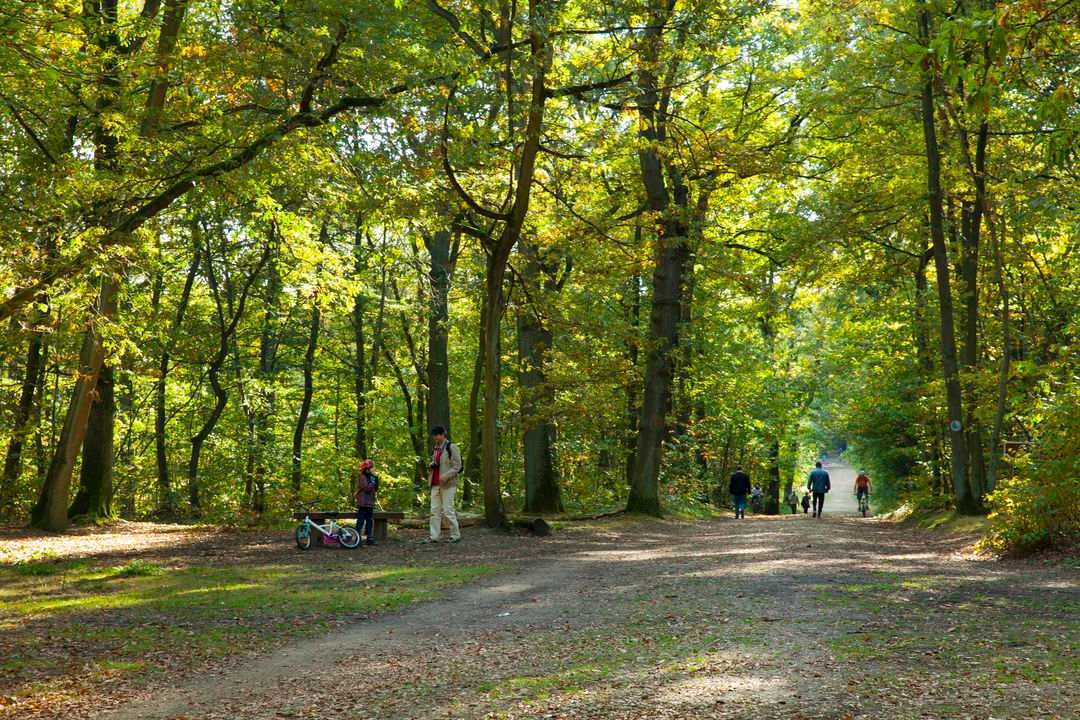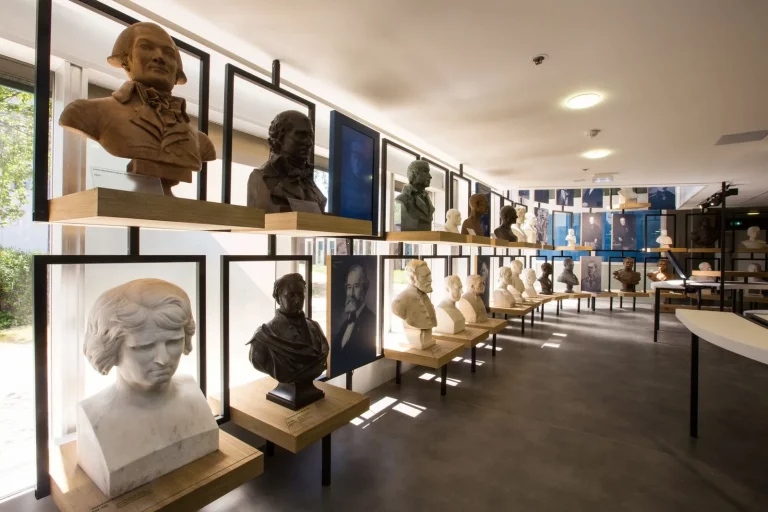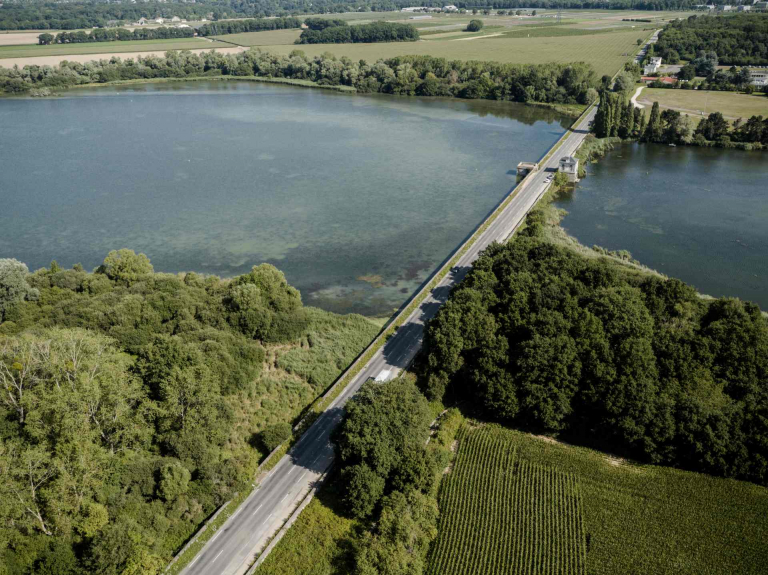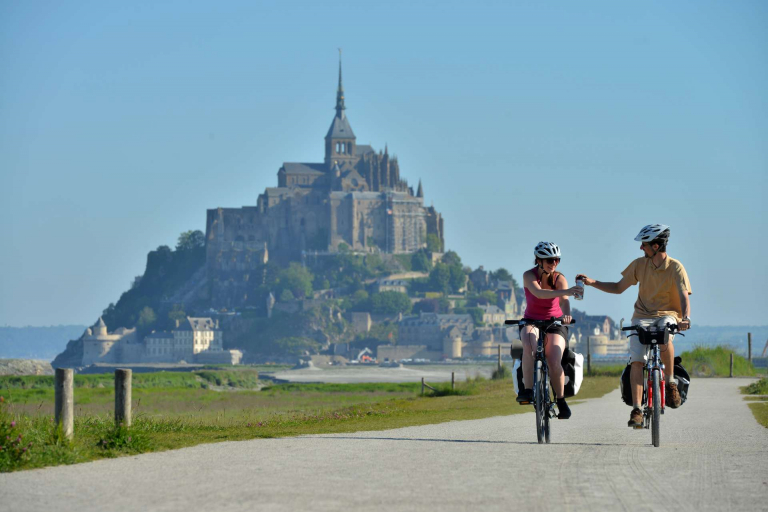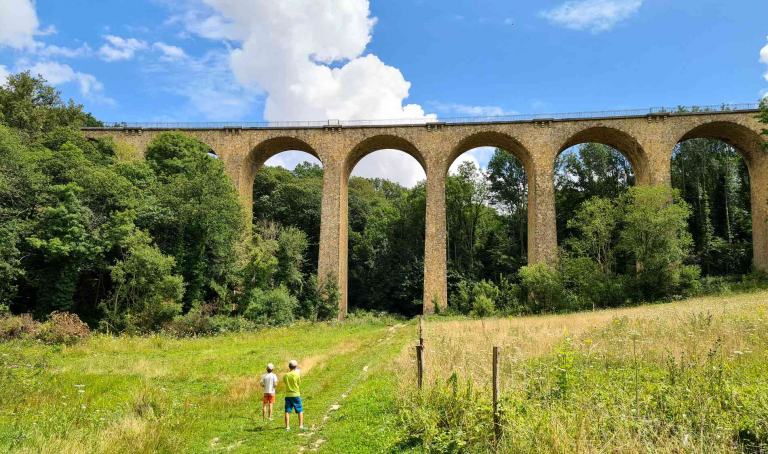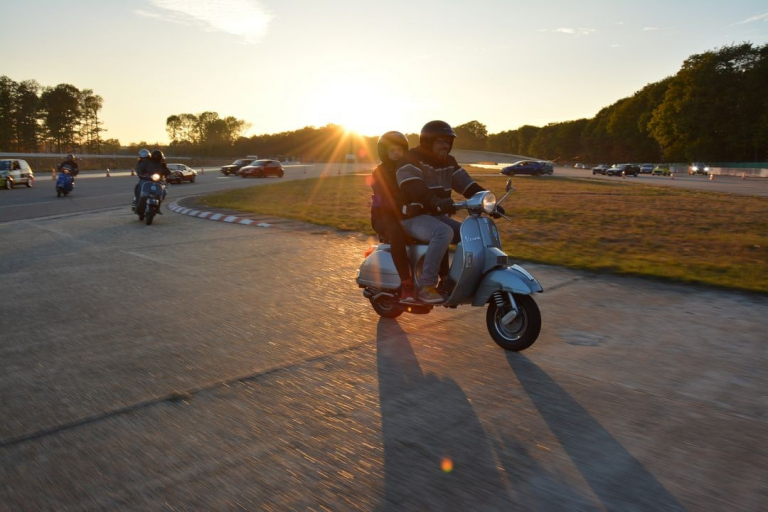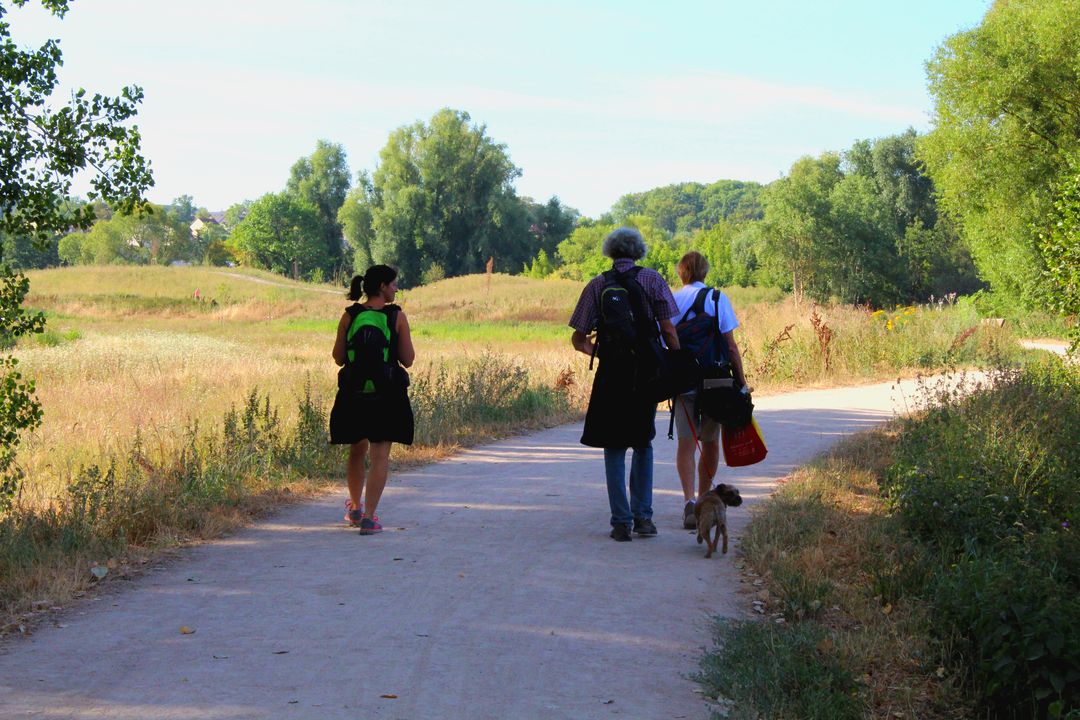
The Camino de Santiago
The Pilgrim’s Route of St James (Camino de Santiago) attracts many walkers each year in search of adventure and human encounters. It’s the first European cultural route to be listed as a UNESCO World Heritage Site.
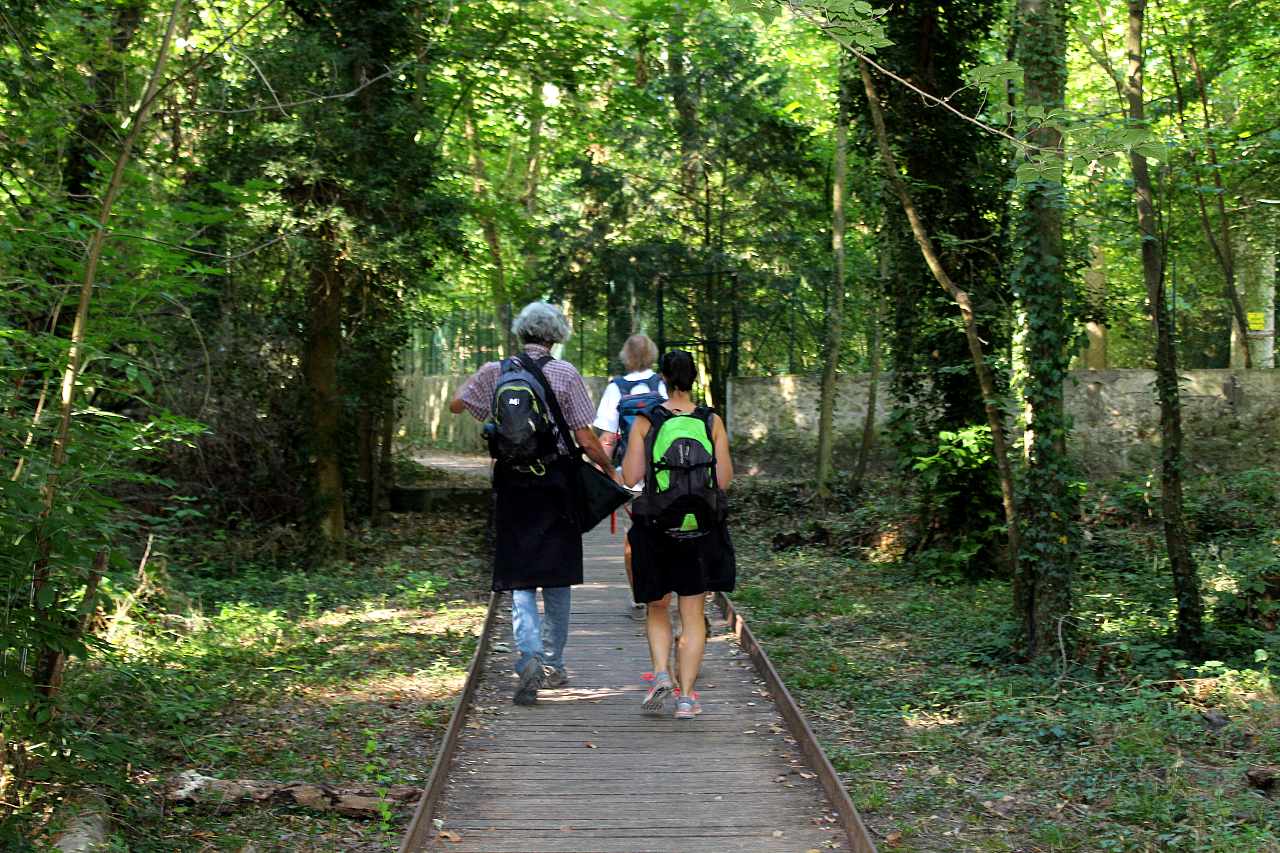
The Tours route, Via Turonensis
Each year, more than 200,000 people walk to Santiago de Compostela in Spain. There are 1500 km between the Tour Saint-Jacques (Saint James Tower) in Paris and Santiago de Compostela in Spain, via the “via Turonensis“, or Tours route. Two options are possible, reaching Tours via either Chartres or Orléans.
The Camino de Santiago is marked in the Ile-de-France region with blue and yellow stickers or nails in the ground.
The Camino de Santiago in Paris-Saclay
Starting in Paris, the first stage of the Santiago de Compostela pilgrimage route passes through the Paris-Saclay agglomeration. Indeed, after the "coulée verte" (the route of the valleys of the Bièvre), the walker will have the pleasure of strolling towards Chartres or Orléans.
Towards Chartres you'll wander around the Saclay plateau and the Yvette valley.
Towards Orléans you'll have the pleasure of walking along the Orge and contemplating the Basilica of Notre-Dame-de-Bonne-Garde in Longpont-sur-Orge.
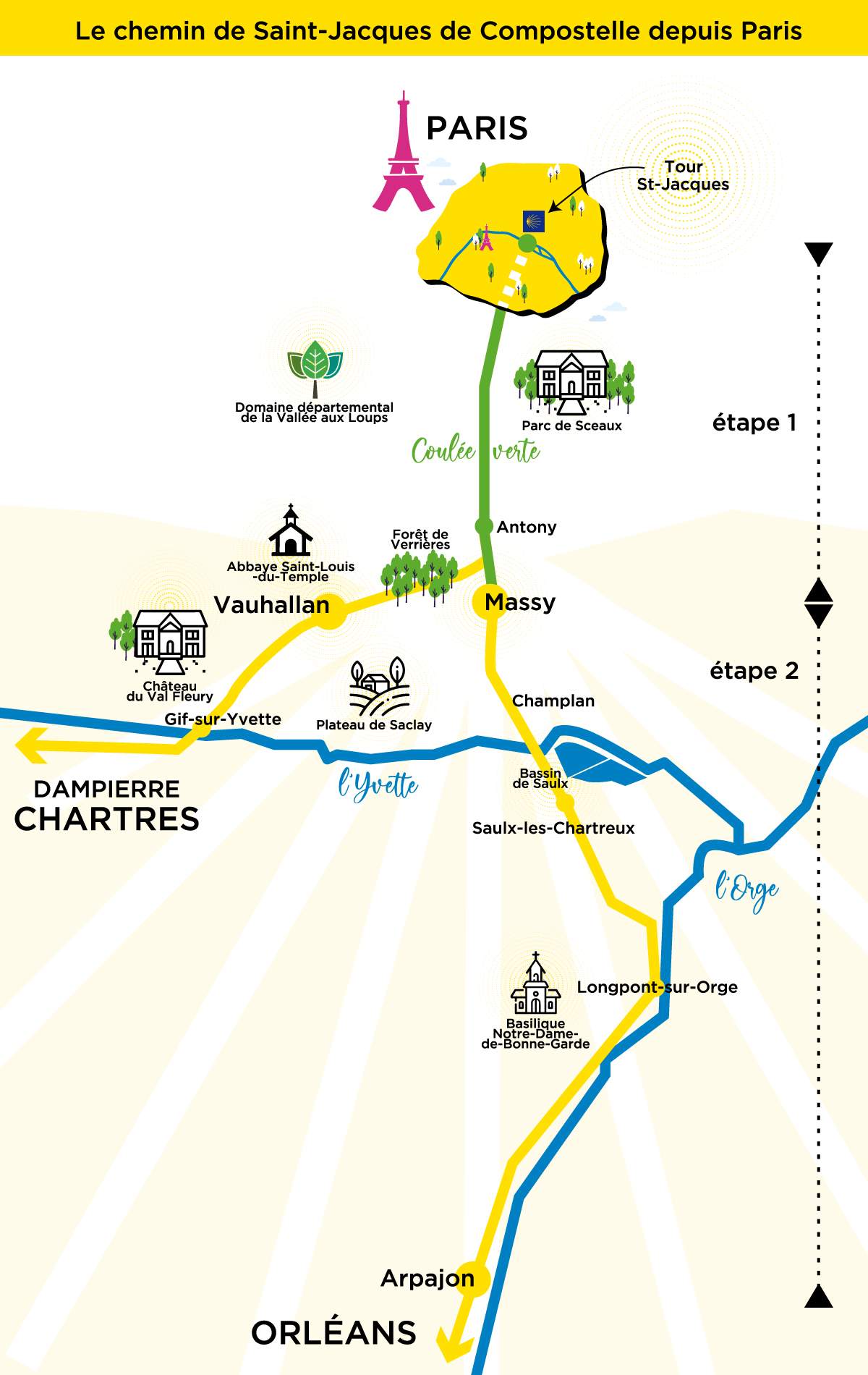
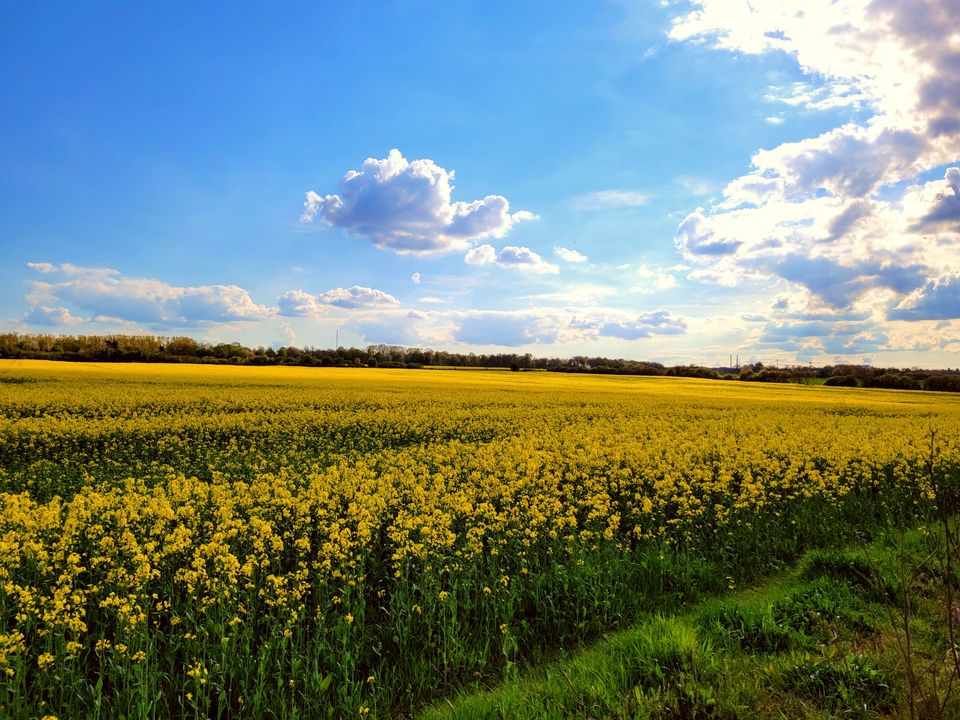
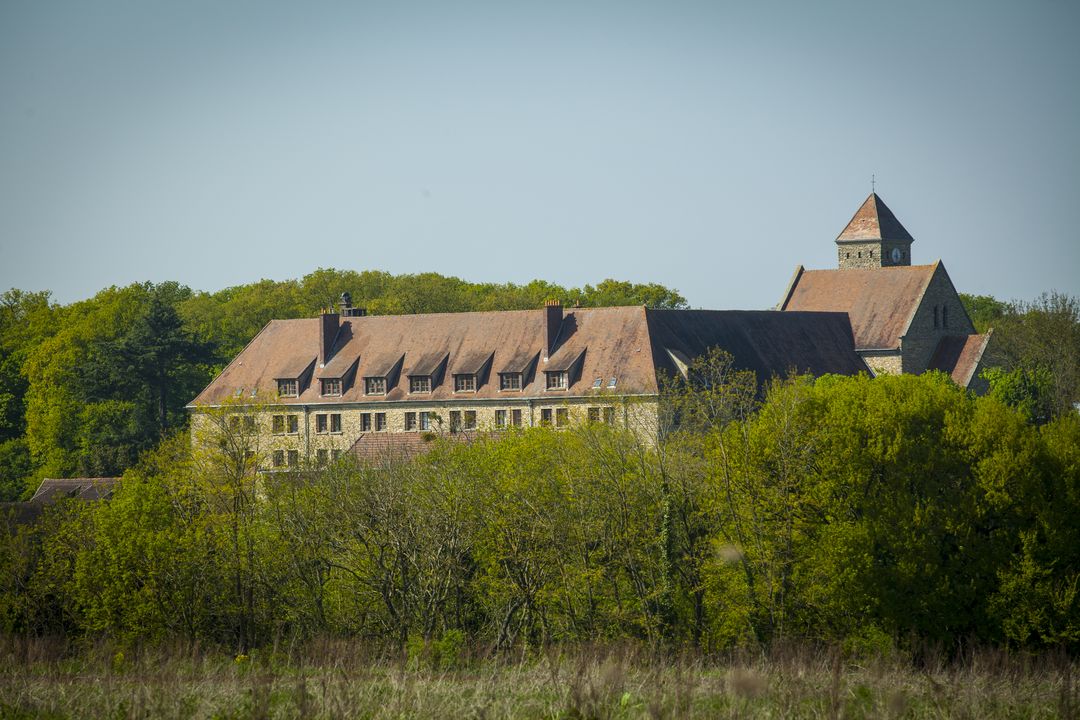
Pilgrims' accommodation at Vauhallan Abbey
The sisters of the Benedictine Abbey of Limon offer accommodation to pilgrims. Find all the information directly on their websit
Pilgrims' accommodation in Massy
The Destination Paris-Saclay team have worked for many years to promote this itinerary. Our professionals do all they can to offer pilgrims accommodation with the local inhabitants. For a stress-free journey, we recommend you contact the Tourist Office at least one week ahead for peace of mind while travelling.
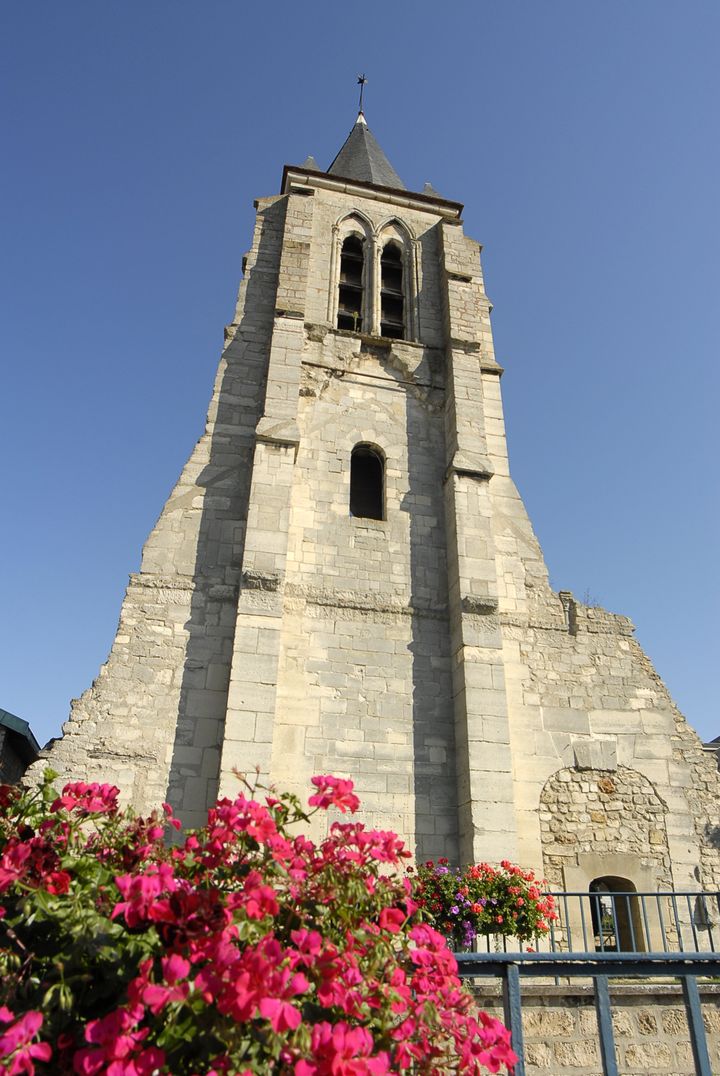
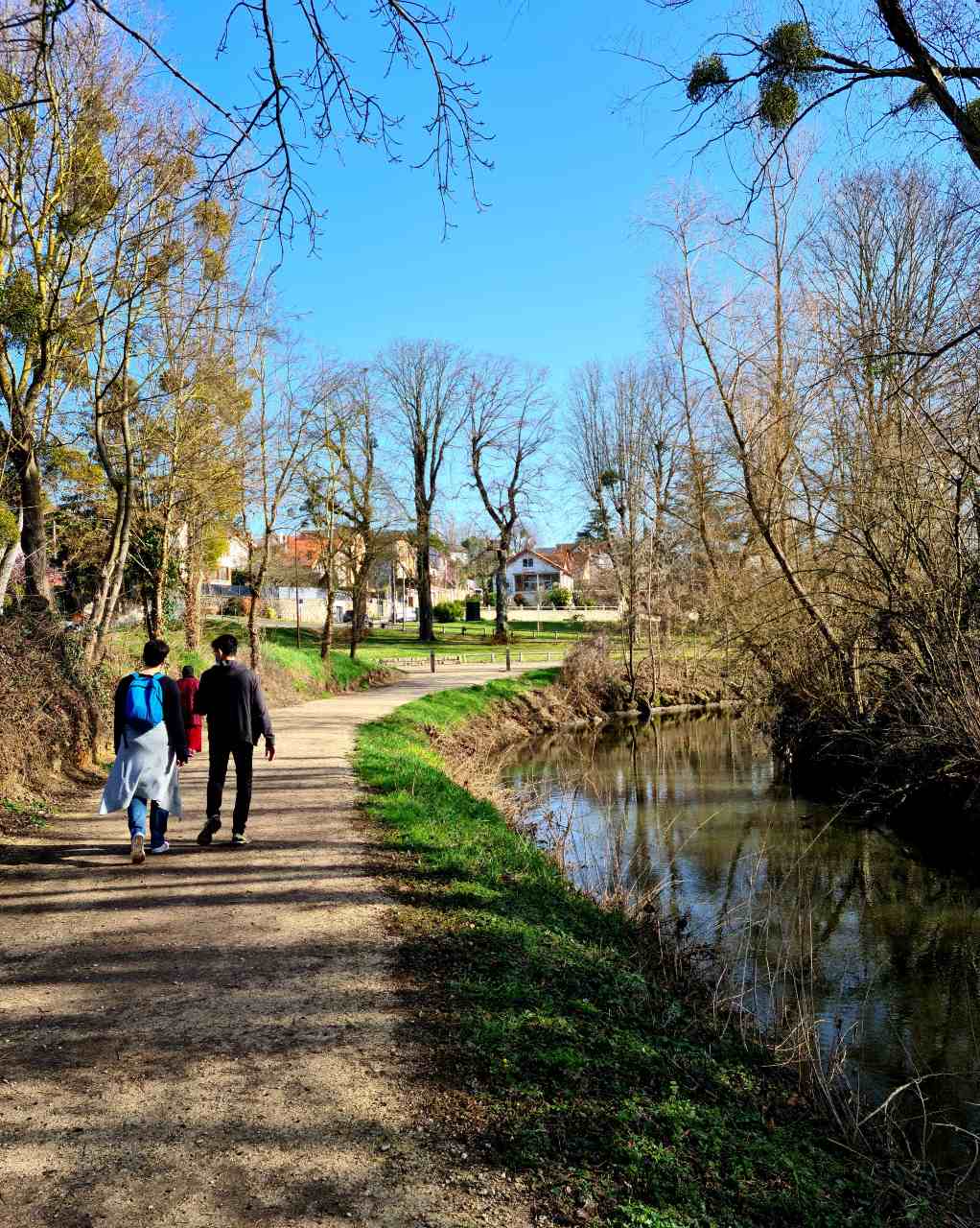
Why travel along the pilgrimage route?
The decision to follow the Way of Saint James is often motivated by personal reasons, but every pilgrim is transformed by this unique experience. These paths are no longer taken for purely spiritual reasons. They offer walkers an opportunity to get to know themselves better, by going back to basics and, above all, surpassing themselves.
In Ile-de-France, 130 km of the itinerary have been marked out by Compostelle 2000, an association which provides help for future pilgrims and walkers, guiding them in the preparation of their journey to Santiago de Compostela.
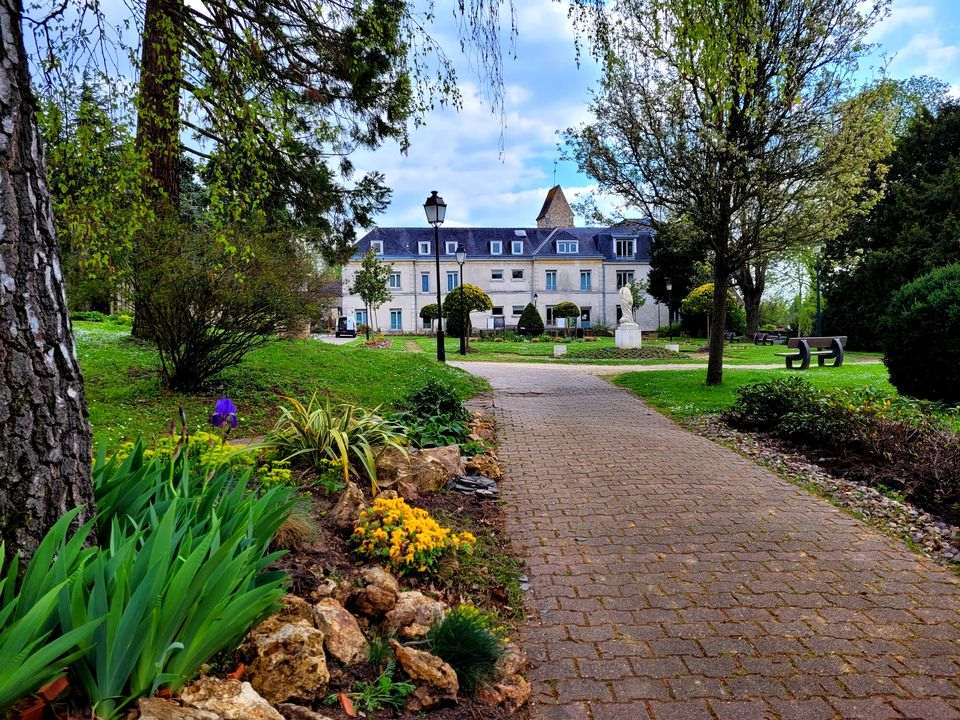
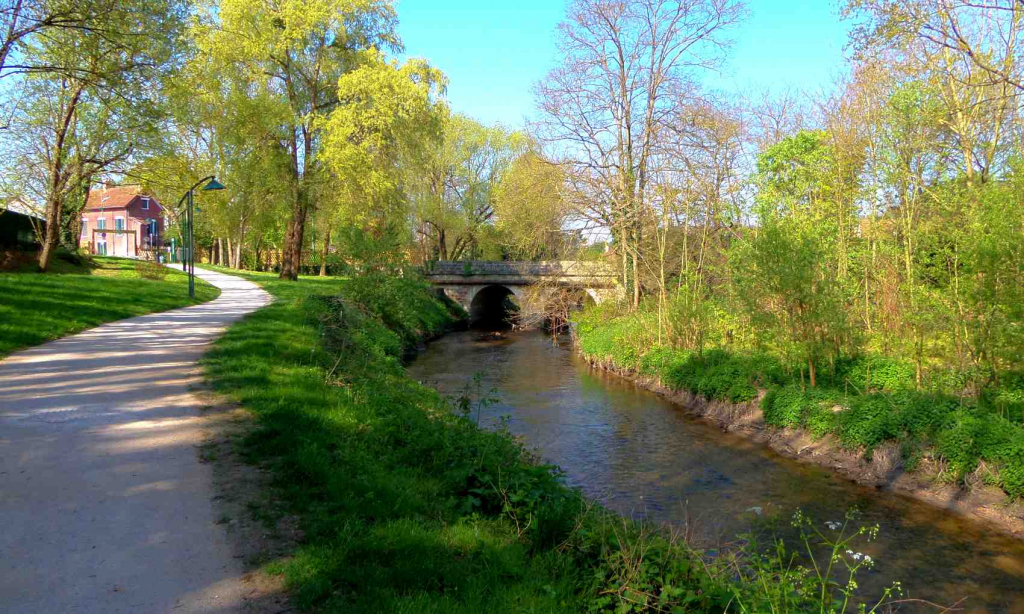
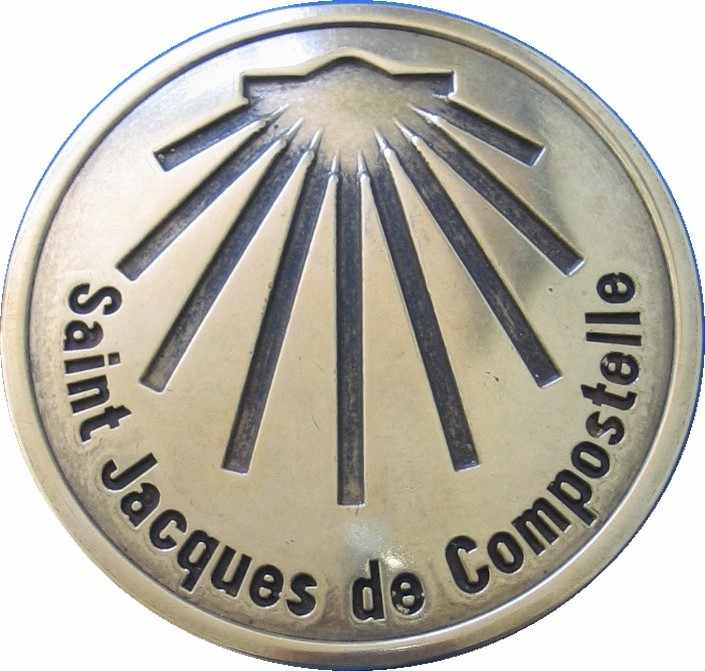
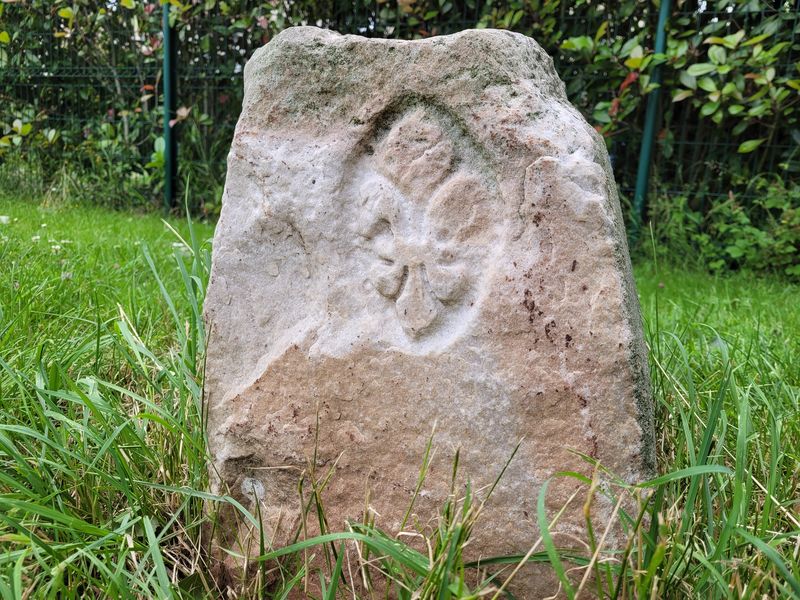
The history of the Pilgrim's Way of St James of Compostela
The Way of Saint James pilgrimage route originated from the worship of the remains of the saints. Thus, followers covered great distances to be as close as possible to Saint James the Apostle, at Santiago de Compostela, in Spain. Nowadays, besides religious beliefs, people have other motivations to make the long journey, including culture and
tourism.
